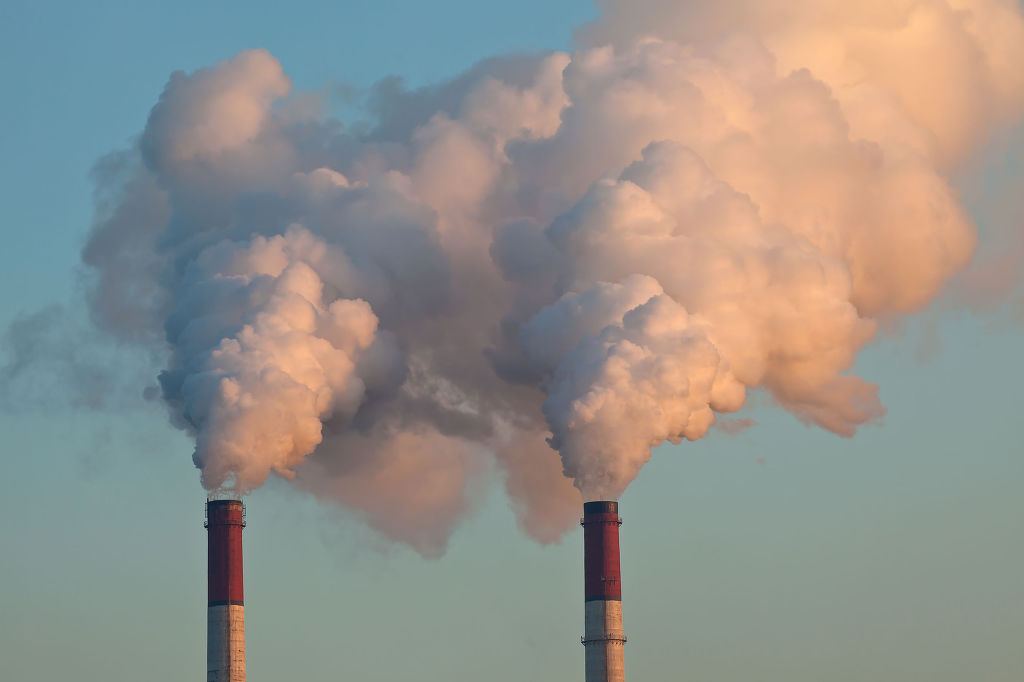
The KAIST research team succeeded in transforming CO2 into a carbonate by using a hollow fiber module based on an ultrapermeable membrane. (image: Korea Bizwire)
DAEJEON, Nov. 24 (Korea Bizwire) — The Korea Institute of Advanced Science and Technology (KAIST) announced on Monday that it had developed new technology that can be employed to turn carbon dioxide (CO2) into value-added resources such as building materials.
The KAIST research team succeeded in transforming CO2 into a carbonate by using a hollow fiber module based on an ultrapermeable membrane.
Solid carbonate is used widely as a building material, as well as in paper, medicine, food and chemicals.
When introducing CO2 and nitrogen compound gases into the hollow fiber module, only CO2 passes through the module. A reaction with alkali ions on the outside of the module then leads to the generation of carbonates.
The newly-developed solid carbonation system amazingly only a fraction of the size of conventional units, while the efficiency of mass transfer is about 1.5 times higher.
“This technology will help power plants, steel mills and cement makers, which emit a lot of greenhouse gases, to increase their competitiveness by reducing emissions and recycling resources,” said Koh Dong-yeun, an assistant professor in Chemical & Biomolecular Engineering at KAIST a who led the research team.
Kevin Lee (kevinlee@koreabizwire.com)







Interesting. This looks super cool. I haven’t read it all yet, but I’ll be back to read the rest of it.